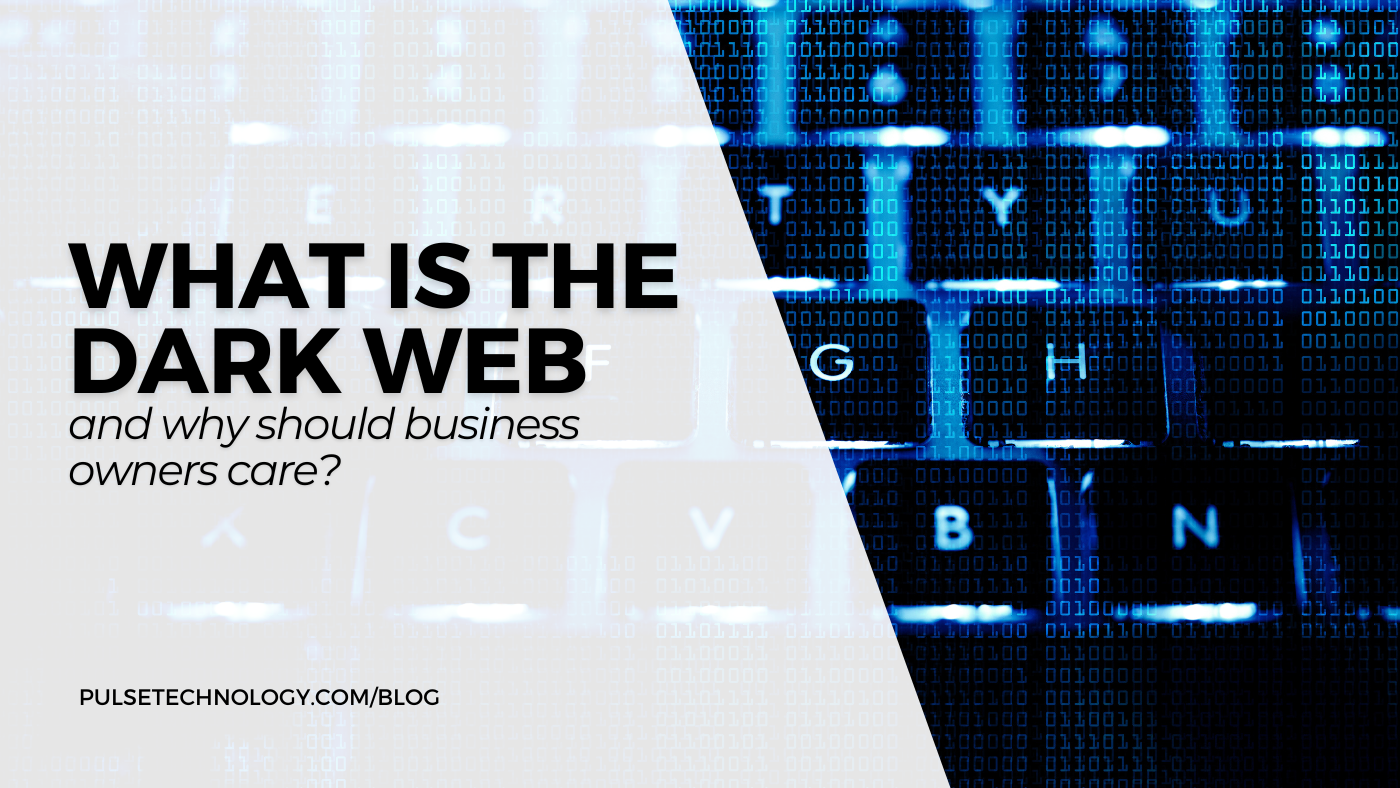Zero Day Attack: what to know, and what you should do
A zero-day attack, sometimes called a zero-day exploit, is a cybersecurity term referring to an attack that identifies and takes advantage of vulnerabilities in software or hardware – vulnerabilities that are unknown to the vendor or developer.
In a zero-day attack, a cybercriminal will plant malware, steal data, or even shut down an organization’s network.
You may wonder how this could actually happen, and how these malicious actors can succeed at this. Here’s why. Those vulnerabilities that exist within software or hardware – the ones that hackers exploit – are not an intended part of the design, and therefore are often undetected for long periods of time (except by hackers, who specialize in finding weaknesses). It’s a similar principle to receiving a “recall notice” for your automobile. The manufacturer discovers a defect in the brakes or airbags that they previously hadn’t known existed. They provide the fix. But how long did you drive around while this problem had gone unnoticed?
The same holds true for hardware or software with unintended vulnerabilities. You can’t fix a problem before you know it’s there. For the companies that do not have strong protection in place, the attacker therefore has the advantage in this situation. He or she releases malware or does other damage before the vendor knows the problem exists and can create a patch to fix the problem. There are, in other words, “zero days” to address the situation. Because of this, zero-day attacks have a high likelihood of success.
How common are zero-day attacks?
IBM reports that its X-Force threat intelligence team has recorded 7,327 zero-day vulnerabilities since 1988. Google researchers report that they observed 97 zero-days in 2023, a 50% increase from 2022, where there were 62.
Zero-day attacks are a very specific, and dangerous, type of cybercrime. They are a severe security risk, with the capacity to leave large numbers of users and organizations wide open to cybercrime until the problem is identified and then a solution is provided.
In a zero-day attack, a cybercriminal may steal data, plant malware, and cause damage to users, organizations, or systems.
One form of zero-day is DDoS (distributed denial of service), an attempt to force a website, computer, or online service offline. This happens by a concerted effort to flood the victim with many requests and overload its capacity to respond.
Zero-day attacks are carried out by cybercriminals, whose motivation is typically financial. There are other culprits behind these attacks. Sometimes it is carried out for purposes of corporate espionage. Sometimes “Hactivists” are behind a zero-day attack – a group motivated by a political or social cause seeking to draw attention to their particular issue. Zero-day attacks can also be carried out by foreign governments. No one is safe from it.
For the business owner, zero-day attacks can have devastating consequences. These include financial loss, damage to a company’s reputation, loss of production, data theft, and needing to divert resources which could be better used elsewhere.
While it is true that a zero-day attack is not the most common form of cybercriminal activity, that in no way lessens its severity.
How To Reduce Your Risk
There are some steps that you as a business owner can take to lessen the chances that you’ll be victimized in this way.
- Use a web application firewall (WAF) on your network. It reviews incoming traffic and filters out malicious input.
- Be certain that you have the most updated anti-virus software installed on your system.
- Conduct regular security audits of your system.
- Employ penetration testing to search for vulnerabilities in your system – better for you to discover them than a cyber-criminal.
- Monitor for patches and updates and reported vulnerabilities
- Be certain that your data is backed up.
- Employ rigorous security systems in terms of user access
Even if your company has internal IT resources, when it comes to security, it makes sense to have a conversation with a Managed Services Provider to be sure that you are doing everything you can to protect your network and company against outside intrusions. You’ve worked hard to get where you are; don’t you owe it to yourself to see that your company has the best protection possible? For a no-obligation conversation, please give us a call or visit our website.





